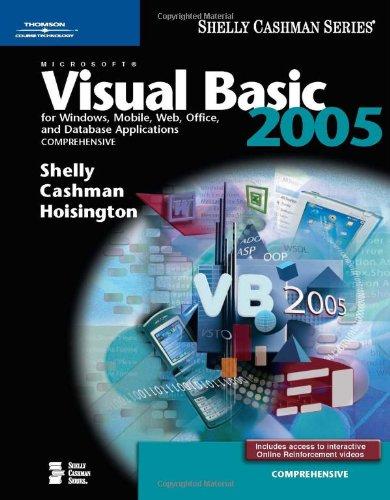Question
16. Consider the following statements: I. Base-class constructor functions can be made virtual. II. Derived class constructor functions can be made virtual. III. Base-class member
16. Consider the following statements:
I. Base-class constructor functions can be made virtual.
II. Derived class constructor functions can be made virtual.
III. Base-class member functions can be made virtual.
IV. Derived class member functions can be made virtual.
Which one of the following options is correct?
Group of answer choices
Only III and IV are true statements.
Only III is a true statement.
All four statements are true.
Only IV is a true statement.
22. What is necessary in order to avoid the slicing problem for functions with polymorphic parameters?
Group of answer choices
The function should use a pointer as a parameter, or a reference parameter variable
The function should define all parameter variables as by-value
The function should be defined several times to cover all different parameter types
The function should accept a parameter that is generic
23. The reserved word virtual is used with a base-class member function to alert the C++ compiler that it must determine the actual member function to call at run-time. Thus derived classes can have their own (possibly completely different) versions of the base-class function. When a base-class defines a member function to be virtual, what should each derived class do?
Group of answer choices
Derived classes need to do nothing further
Derived classes should invoke the base-class virtual function
Each derived class should over-ride the virtual base-class function so that it defines a function with the same name that is unique to the derived class
Derived classes should only be used as array elements
27. Consider the code snippet below:
class Question { public: virtual void display() const; virtual void display(ostream& out) const; . . . }; class ChoiceQuestion : public Question { public: virtual void display(); . . . }; Which statement below is true?
Group of answer choices
Question::display() overrides Question::display(ostream& out)
ChoiceQuestion::display() overrides Question::display()
ChoiceQuestion::display() overloads Question::display()
Question::display() erases Question::display(ostream& out)
Step by Step Solution
There are 3 Steps involved in it
Step: 1

Get Instant Access to Expert-Tailored Solutions
See step-by-step solutions with expert insights and AI powered tools for academic success
Step: 2

Step: 3

Ace Your Homework with AI
Get the answers you need in no time with our AI-driven, step-by-step assistance
Get Started


